The problem with fiction, it has to be plausible. That's not true with non-fiction
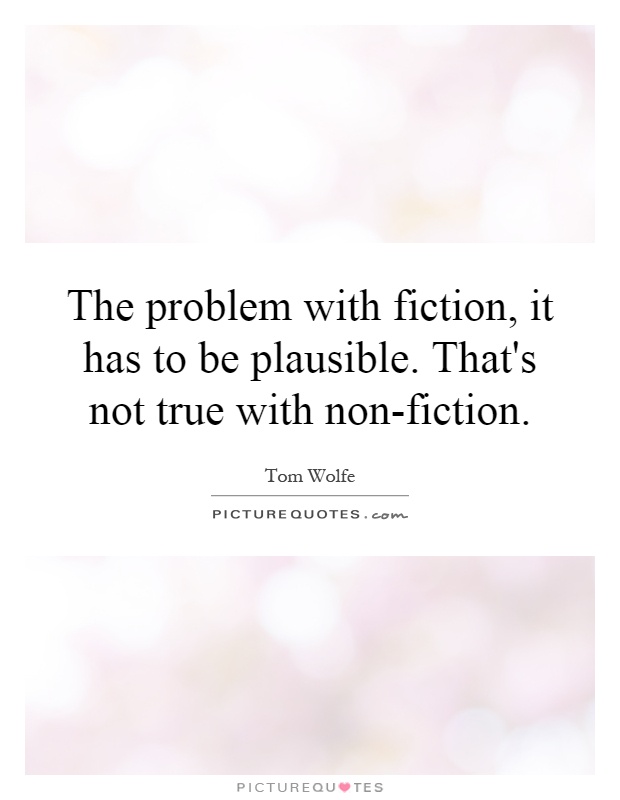
The problem with fiction, it has to be plausible. That's not true with non-fiction
Tom Wolfe, the renowned American author and journalist, was known for his unique style of blending fiction and non-fiction in his works. He often blurred the lines between the two genres, creating a new form of storytelling that challenged traditional literary conventions. In his essay "The problem with fiction, it has to be plausible. That's not true with non-fiction," Wolfe explores the limitations of fiction compared to non-fiction, highlighting the freedom that non-fiction offers in terms of storytelling.Wolfe believed that fiction had to be plausible in order to be believable to the reader. The events and characters in a work of fiction had to make sense within the context of the story, adhering to the rules and logic set by the author. This constraint often limited the creativity and imagination of the writer, as they had to ensure that their narrative was realistic and coherent. In contrast, non-fiction did not have to adhere to the same standards of plausibility. Non-fiction was based on real events and facts, allowing the writer to explore a wider range of topics and themes without being constrained by the need for believability.
Wolfe's own works exemplified this blending of fiction and non-fiction, as he often used real-life events and people as the basis for his stories. In books like "The Electric Kool-Aid Acid Test" and "The Right Stuff," Wolfe combined journalistic research with fictional techniques to create a vivid and immersive narrative that captured the essence of the time and place he was writing about. By blurring the lines between fact and fiction, Wolfe was able to create a more dynamic and engaging style of storytelling that resonated with readers.
Overall, Wolfe's exploration of the limitations of fiction compared to non-fiction highlighted the unique challenges and opportunities that each genre presented to writers. While fiction had to be plausible in order to be believable, non-fiction offered a greater degree of freedom and flexibility in terms of storytelling. Wolfe's innovative approach to blending the two genres paved the way for a new form of literary expression that continues to influence writers and readers alike.
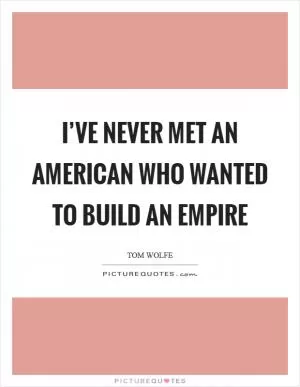
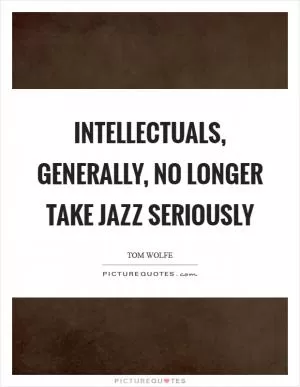
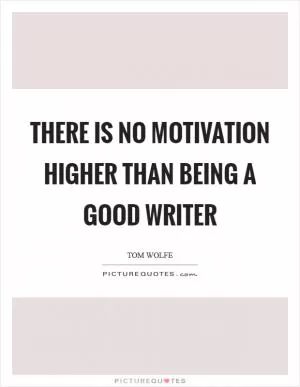
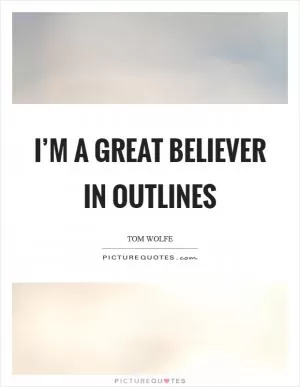
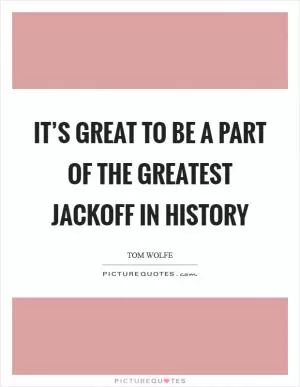
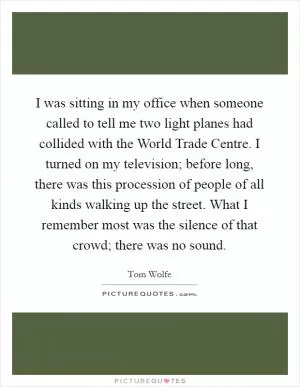
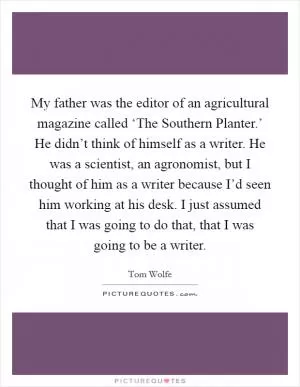
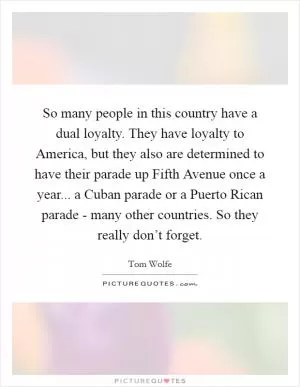
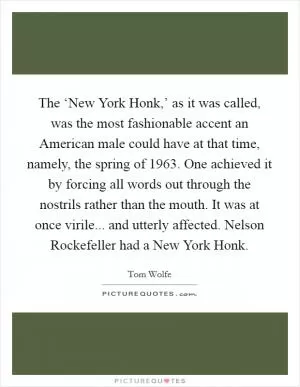
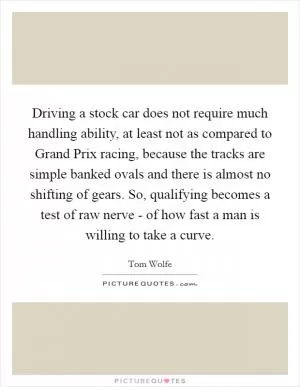
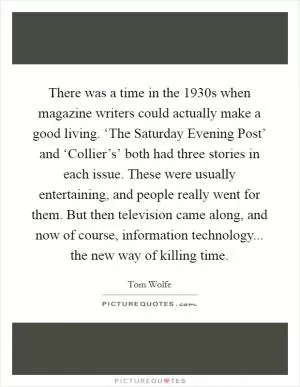

 Friendship Quotes
Friendship Quotes Love Quotes
Love Quotes Life Quotes
Life Quotes Funny Quotes
Funny Quotes Motivational Quotes
Motivational Quotes Inspirational Quotes
Inspirational Quotes